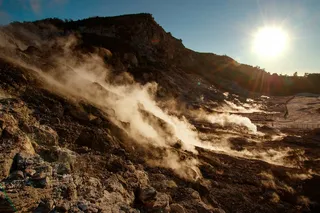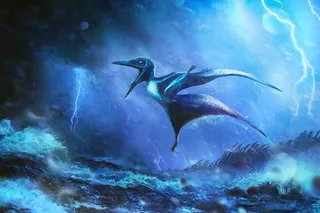
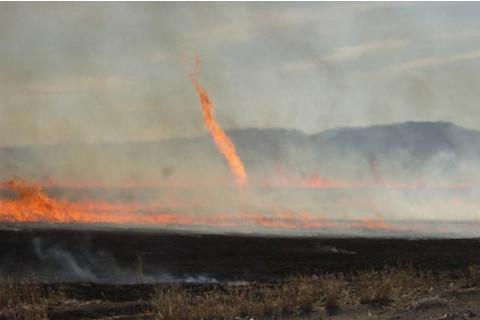
Photo:USFWS
Collectively, your small acts lead to big results.
Natural disasters, like earthquakes, tornados, and landslides, are frightening and deadly. There are small, but important, steps citizen scientists can take to help predict and respond to these occurrences.Our editors have selected five exemplary projects, below. Be sure to read the safety warnings when applicable.
Find even more projects with the SciStarter Global Project Finder.
Cheers!
The SciStarter Team



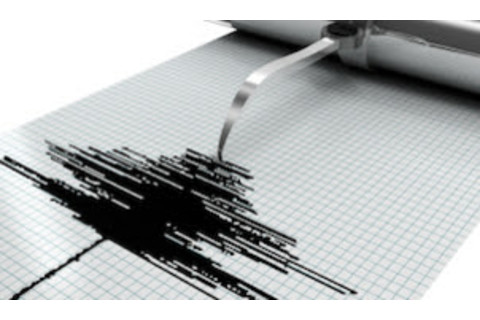
Quake-Catcher Network
By linking computers from across the world, this project forms a huge earthquake monitoring network. Schools can also purchase seismic sensors to use for teaching kids about earthquakes.

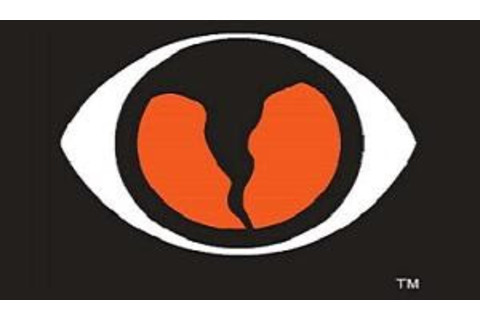

Photo: NOAA
SKYWARN
Storm spotters are needed throughout the United States to report severe weather like tornadoes, hail, and thunderstorms to the National Weather Service. This information helps people in your community stay safe!

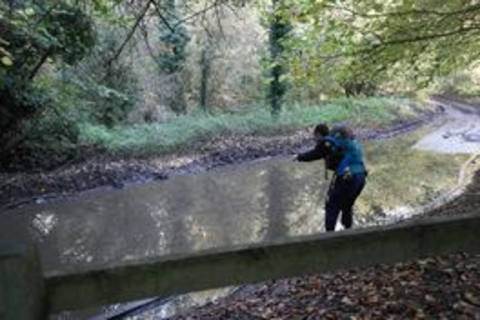

Photo: Avi
Share a Flood Observation
Observant volunteers from across the United Kingdom are needed to report floods of all sizes. Make an observation and help study the causes and management of flooding.

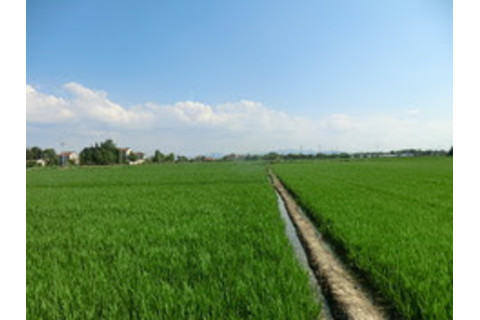

Photo: Yuanwei Qin
Field Photo Library
Pictures of landscapes over time can document the impacts of events like drought or fire. You can use your smartphone or GPS-equipped camera to photograph and upload pictures of a landscape near you.

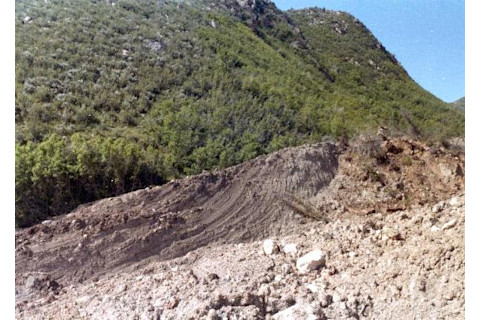

Photo: USGS
Did You See It? Report a Landslide
Landslides are both dangerous and costly. If you see a landslide in the United States, you can report it to the US Geological Survey, the government agency that studies them.

Want to learn more about the field of citizen science?
Do you run a project that requires tools (telescope, sensor, rain gauge)? We want to hear from you! Please take this brief survey.
Check out this new, low-cost book on Amazon!










